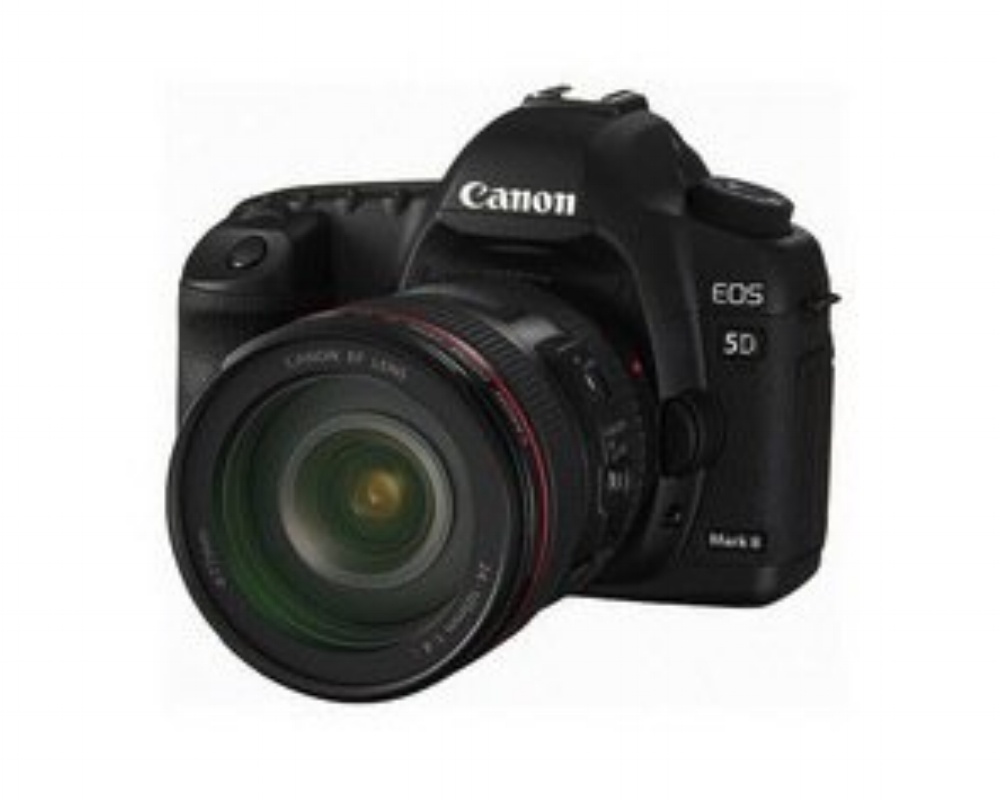
Throw Your Red Away
VI recently purchased a Canon 5D Mark II for shooting stills and video. So are we seriously saying it will replace high end production cameras? Of course not, but the quality and capabilities of the 5D forces us to critically evaluate our decisions when spending $1000’s to rent a professional quality production camera package.
Why has the 5D received so much attention over the last few years? There are many great qualities that the camera brings to the table, but, what really sets it apart, what really has everyone so excited is how damn good the images look. I’ll highlight some of the strengths and weaknesses of the 5D:
Strengths:
Image quality - this is really what all the buzz is about, you can’t come close to the rich film look video the 5D produces without spending much MUCH more.
Lens selection - The proven series of Canon L prime lenses are reasonably priced and readily available. Again, cost compare lenses for the Canon to the competition at 10X the price.
Low light performance
Lightweight
Compact
Durable
Weaknesses:
Stabilization - The camera body is not primarily designed for video so it’s almost impossible to shoot anything handheld. But, over the last year or two several companies have created outstanding “rigs” and mounts that address this issue and more.
Audio - The audio input of the 5D is very limited and really isn’t suitable for any broadcast production. We capture audio using a independent digital recorder then sync in post.
Limited recording time - The 5D has a maximum file size of 4GB so you can only record for a little more that 10 minutes without restarting.
Ease of use - This weakness is a little misleading, the 5D is actually very user friendly and simple to use. Open the box, slide in a battery and BAM, you’re shooting HD video. But, to consistently capture professional quality video and audio requires an experienced operator.
DP’s like Vincent Laforet and Phillip Bloom were some of the first professionals to start using the 5D. They quickly realized the potential of the 5D and accepted it’s limitations. The story behind how Laforet shot Reverie is amazing. 72 hours with a 5D prototype, a $5,000 budget and a skeleton crew. A pretty cool story if you have time to check it out.
The 5D has gained acceptance in many mainstream projects. Hollywood blockbusters like Iron Man 2, sucessful TV programs like House MD, Californication and Mad Men and of course televisions commercials from local to national.
The Canon 5D Mark II can’t do everything that a full blown professional camera like the RED One can do, BUT, at about 1/10 the price it gives the RED some serious competition and puts a truly capable camera in the hands of many creative people that couldn’t afford to participate.








